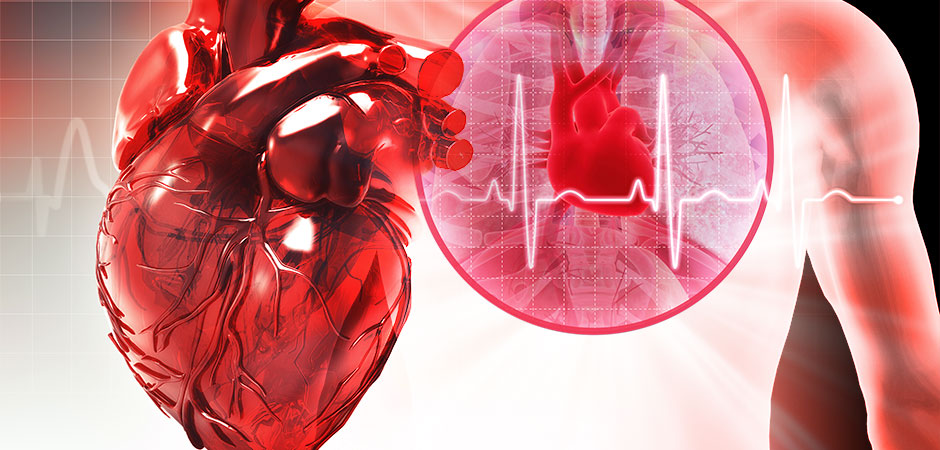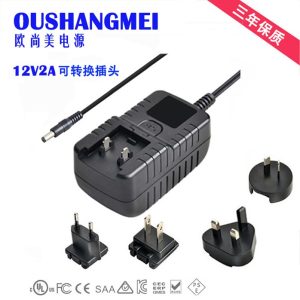Shocking the Heart Back into Rhythm Isn’t as Shocking as it Sounds
3 min read
Last Updated on June 11, 2023 by Jonathan Lopez
Cardioversion is a medical procedure used to restore the heart’s normal rhythm in individuals experiencing certain types of irregular heartbeats, such as atrial fibrillation. Cardioversion involves delivering an electrical shock to the heart, which can be done using external paddles or through a catheter. In this blog, we will discuss cardioversion and how shocking the heart back into rhythm isn’t as shocking as it sounds.
What is Cardioversion?
Cardioversion is a medical procedure used to restore the heart’s normal rhythm in individuals experiencing certain types of irregular heartbeats. The two main types of cardioversion are electrical cardioversion and pharmacological cardioversion.
Electrical cardioversion involves delivering an electrical shock to the heart using external paddles or through a catheter to restore normal rhythm. This type of cardioversion is typically done under anesthesia, and patients are closely monitored during the procedure.
Pharmacological cardioversion involves using medications to restore normal rhythm. This type of cardioversion is typically used when electrical cardioversion is not possible or has not been successful.
How Cardioversion Works:
Cardioversion works by resetting the heart’s electrical signals and restoring normal rhythm. During electrical cardioversion, an electrical shock is delivered to the heart using external paddles or through a catheter. This shock briefly stops the heart’s electrical activity, allowing the heart to reset and resume normal rhythm.
Cardioversion may be done under anesthesia to reduce discomfort and prevent movement during the procedure. Patients are closely monitored during the procedure to ensure safety and optimal outcomes.
Benefits of Cardioversion:
Cardioversion can provide several benefits for individuals experiencing irregular heartbeats, including:
Restoring Normal Rhythm:
Cardioversion can restore the heart’s normal rhythm, reducing symptoms such as palpitations, shortness of breath, and fatigue.
Improving Quality of Life:
By restoring normal rhythm, cardioversion can improve quality of life for individuals experiencing irregular heartbeats.
Reducing Risk of Complications:
By restoring normal rhythm, cardioversion can reduce the risk of complications associated with irregular heartbeats, such as stroke and heart failure.
Reducing Hospitalizations:
Cardioversion can help reduce the need for hospitalizations and healthcare costs associated with irregular heartbeats.
Is Cardioversion Painful?
Cardioversion is typically done under anesthesia, which can reduce discomfort and prevent movement during the procedure. Patients may feel a brief shock or jolt during the procedure, but this is typically not painful.
After the procedure, patients may experience some soreness or discomfort at the site of the paddles or catheter, but this usually resolves quickly.
Conclusion:
In conclusion, cardioversion is a medical procedure used to restore the heart’s normal rhythm in individuals experiencing certain types of irregular heartbeats. Cardioversion works by resetting the heart’s electrical signals and restoring normal rhythm. Cardioversion can provide several benefits, including restoring normal rhythm, improving quality of life, reducing the risk of complications, and reducing hospitalizations. Cardioversion is typically done under anesthesia, which can reduce discomfort and prevent movement during the procedure. Shocking the heart back into rhythm isn’t as shocking as it sounds and can provide significant benefits for individuals experiencing irregular heartbeats.






